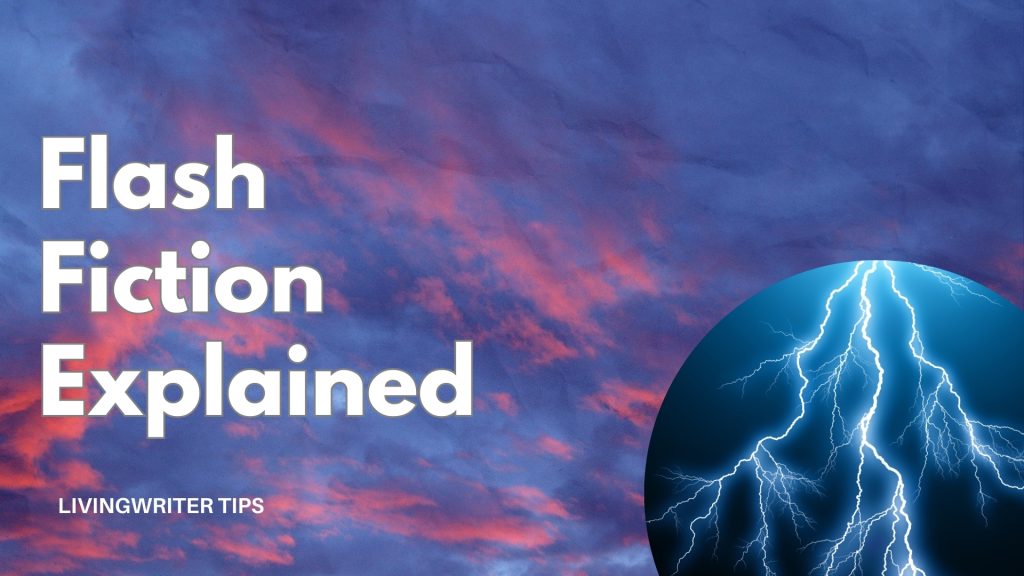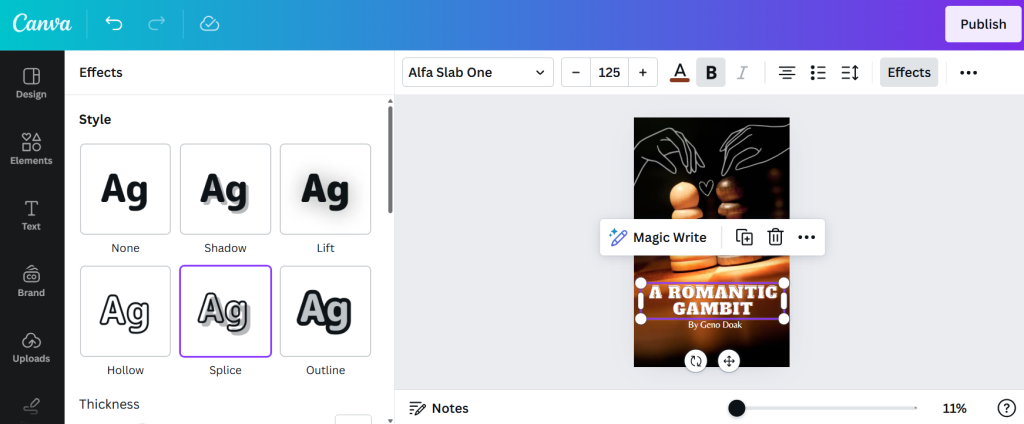What Is Flash Fiction? New 2024 Guide

Today, I’ll be covering one of my favorite ways to write—flash fiction. It’s fun and one of the best ways to improve your writing quickly. Perhaps you’ve heard of it but aren’t sure exactly what it is. The simplest definition of flash fiction is a very concise story that is between 300 and 1000 words. But there are some other important factors too.
While flash fiction is short, it differs from regular short stories because it doesn’t always have a traditional beginning or end. Instead, they’re sometimes like a snapshot that packs a powerful punch in a small package. A classic example is the six-word story “For sale: baby shoes, never worn” often attributed to Ernest Hemingway.
Below, we’ll discuss more about what makes flash fiction what it is and why it works so well for making you a better writer. Then, I’ll give some other flash fiction examples and resources where you can read/submit your FF stories. So, without further ado, let’s get started.
What Is Flash Fiction?
In essence, flash fiction is like a picture—a snapshot or snippet of a moment that can be very telling. Imagine you see a very thought-provoking image; It can invoke questions and intense emotions and tell a story without you being told what came before or after. This is why flash fiction doesn’t always have a beginning, middle, and end.
That said, it can have all three. There is some variance when it comes to flash fiction guidelines. Even on word count, some magazines set a maximum of 300 words; Others allow as many as 1000. However, that’s usually the cut-off. So, despite the rather large range, anywhere from 300 to 1000 words is considered normal for flash fiction.
You May Also Like: Most Profitable Amazon KDP Niches – Top 10
The Hemingway “story” above is only six words and perfectly captures the brevity and powerful emotional impact at the core of flash fiction. Despite the name, “flash” fiction isn’t always always off the top of your head. While certain pieces may feel spontaneous or improvised, others are carefully crafted and planned.
The key to successful flash fiction is the ability to convey a complete story or idea in a limited number of words. Whether that’s achieved through spontaneity or careful planning, the end result should be a powerful and memorable piece of writing.
How to Get Better With Flash Fiction
Flash fiction is a fantastic way to improve your writing fast. Such short works allow you to pick a fundamental skill or story essential and practice it. You can focus on one skill while you write and put a magnifying glass on it.
Struggling with “Show, don’t tell?” write a flash fiction story with active writing and “showing” as the goal. Aren’t good at deep pov, isolate it and write a story. If you can do it in the mini-model, you can do it in a bigger novel, and it’s easier to analyze on a small scale. It also makes reading the entire work out loud, with an eye on your chosen fundamental.
Flash Fiction Examples
Flash fiction comes in many shapes and sizes (under 1000 words, of course) and reading them is the best way to get a feel for the medium. So, below I have included 10 flash fiction examples that I like and feel represent it well. I hope you enjoy them; As short as they are, they’re certainly worth your time.
| Title / Author | Link |
| Sticks by George Saunders | Read Here |
| Girl by Jamaica Kincaid | Read Here |
| Knock by Fredric Brown | Read Here |
| The Dinosaur by Augusto Monterroso | Read Here |
| A Haunted House by Virginia Woolf | Read Here |
| Borges and I by Jorge Luis Borges | Read Here |
| The Story of an Hour by Kate Chopin | Read Here |
Flash Fiction And LivingWriter
If you want to take a crack at using flash fiction to improve your writing, there is no better place to do it than LivingWriter. LivingWriter was designed to make a writer’s life easier than ever before. It is a user-friendly word processor with everything a writer could need built right in.
This includes the best possible versions of fundamental features like automatically saving every letter you type, ensuring your work is never lost, and quick load times, no matter how big (or, in this case, small) your story is.
There are dedicated areas for plotting and outlining, research (files, images, documents, etc.), and notes. This lets you have everything related to your story in one central location without switching tabs or programs.

LivingWriter AI Features
There is also a whole suite of integrated AI tools. The AI Manuscript Chat can answer theoretical questions about your plot and characters, research-based questions, and even tell you how to induce a certain feeling into your story.
The AI rewrite feature lets you highlight a section of text and tell the AI what you want to be changed (tone, mood, style, etc.), and with the press of a button, it’s done. No more tedious rewrites trying to capture what’s in your head. This can be extremely helpful in flash fiction, where you must be concise.
LivingWriter also has integrated Canva Book Cover design features. “A picture is worth a thousand words” is at the heart of what makes flash fiction what it is. So, adding a great book cover to your flash fiction story is a must. With Canva built into your manuscript, a quality cover has never been easier.
